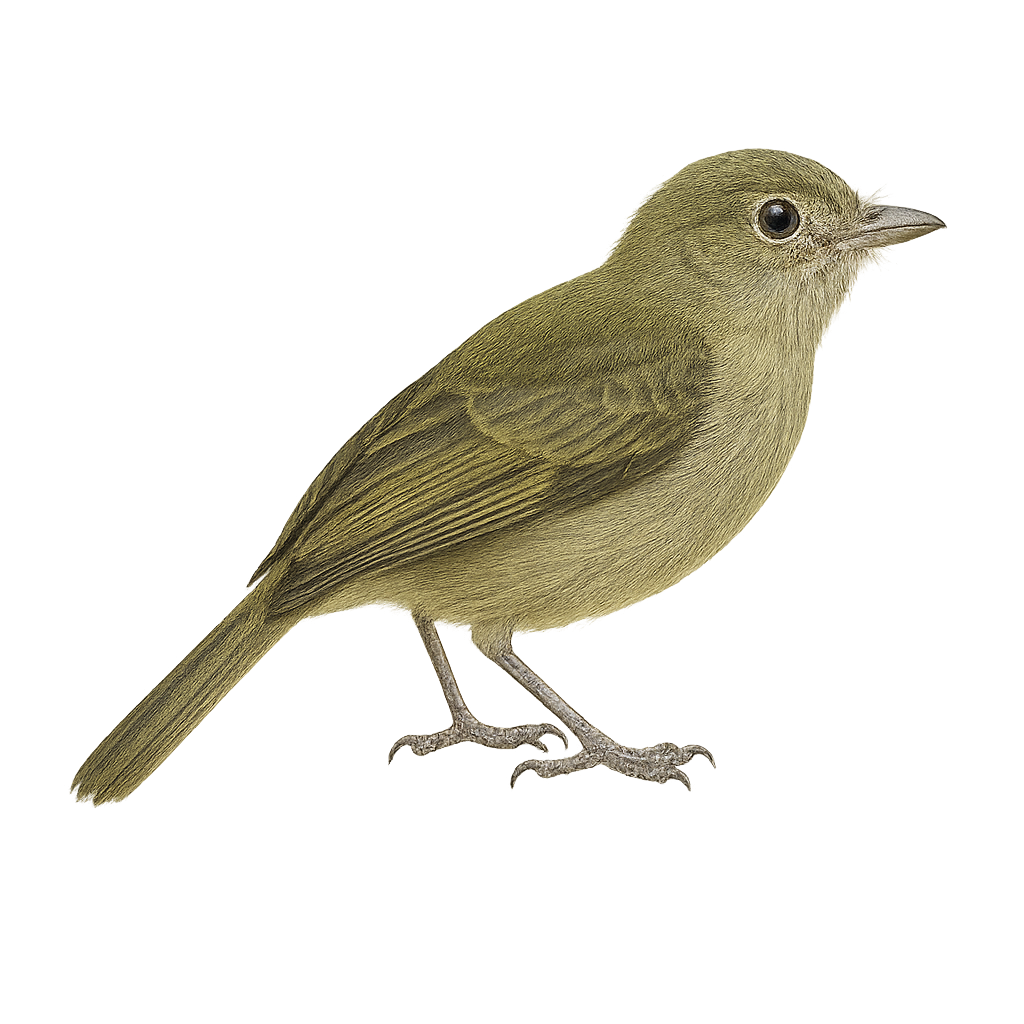Your wildlife photography guide.
Explore the josephine's tody-tyrant in detail, study its behavior, prepare your shots.
Where to observe and photograph the josephine's tody-tyrant in the wild
Learn where and when to spot the josephine's tody-tyrant in the wild, how to identify the species based on distinctive features, and what natural environments it inhabits. The WildlifePhotographer app offers tailored photography tips that reflect the josephine's tody-tyrant’s behavior, helping you capture better wildlife images. Explore the full species profile for key information including description, habitat, active periods, and approach techniques.
Josephine's Tody-Tyrant
Scientific name: Hemitriccus josephinae

IUCN Status: Least Concern
Family: TYRANNIDAE
Group: Birds
Sensitivity to human approach: Suspicious
Minimum approach distance: 5 m
Courtship display: September to October
Incubation: 16-18 jours
Hatchings: October to November
Habitat:
Humid tropical forests, secondary forests, forest edges
Activity period :
Primarily active during the day, with peak activity in the morning and late afternoon.
Identification and description:
The Josephine's Tody-Tyrant is a small passerine bird belonging to the Tyrannidae family. It is primarily found in the humid tropical forests of South America, particularly in Peru, Colombia, and Brazil. This bird measures about 9 to 10 cm in length and is characterized by its olive-green plumage, pale yellow belly, and relatively short beak. It is often seen alone or in pairs, actively moving through foliage in search of insects. Although discreet, its high-pitched and repetitive song makes it easier to locate. The Josephine's Tody-Tyrant plays an important role in the ecosystem by controlling insect populations.
Recommended lens:
400 mm – adjust based on distance, desired framing (portrait or habitat), and approach conditions.
Photography tips:
To photograph the Josephine's Tody-Tyrant, it is advisable to use a 400mm or longer telephoto lens to capture detailed images without disturbing the bird. Look for it in humid tropical forests, especially along the edges where it is more active. Be patient and discreet, as this bird is suspicious and may hide in dense foliage. Listen for its high-pitched song to locate it more easily. Opt for early morning hours to take advantage of soft, natural light.
The WildlifePhotographer App is coming soon!
Be the first to explore the best nature spots, track rutting seasons, log your observations, and observe more wildlife.
Already 1 431 wildlife lovers subscribed worldwide

